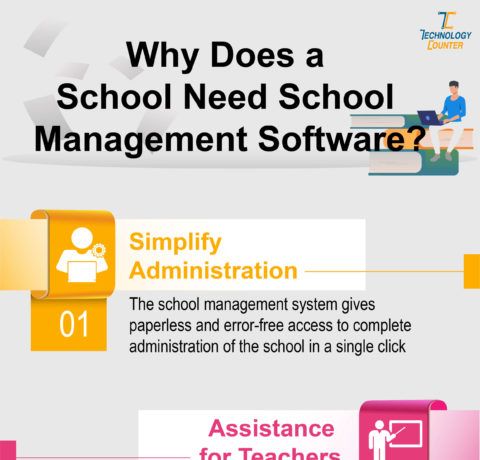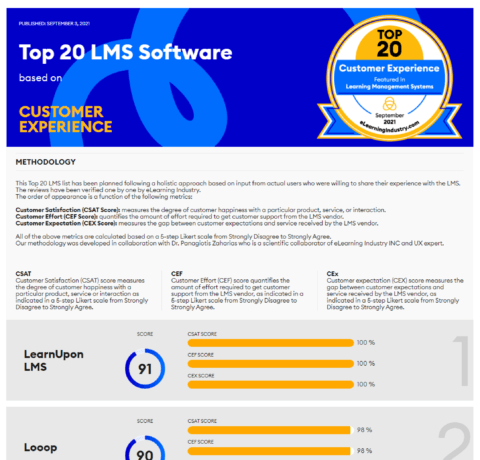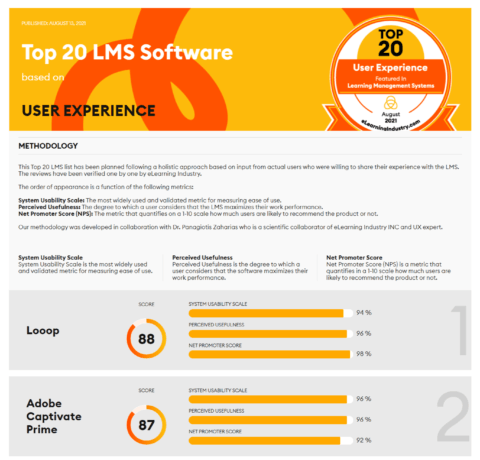Google Glass Educational Uses Infographic
The Google Glass Educational Uses Infographic shows how Wearable Educational Technology like Google Glass can play a role in connected education.
Connected education comes in many forms and goes beyond classrooms and to those of us long-since finished school. Here are a few possible uses of Google Glass.
- Can be used for work training, for special procedures or equipment.
- Could be used by athletes to supplement workout footage that might be taken by a coach, in order for the athlete to learn to improve.
- Could be used by coaches to demonstrate a technique from their own perspective. For example, a track and field coach might record how they approach a high jump while athletes in training are watching, and can later watch the coach’s viewpoint.
- Could be used for a variety of how-to videos. For example, to augment cooking videos with footage from the perspective of the chef, including voiceover.
- Language learning tool combined with Google Translator.
- Distance learning via Glass, instead of on a computer or laptop.
- Public and Private School Education
Many of the following are actual uses by grade school teachers, but several uses apply to high school and college as well. Applications range from student-worn uses of Glass to teacher-worn uses.
In partcular, at the University Google Glass can be used for:
- orientation of new students at colleges or large high schools.
- identifying buildings by combining Google Goggles mobile app and an on-campus map.
- displaying supplemental material during lectures.
- closeup viewing of lab demonstrations when there isn’t room for all students to stand close by.
- safe viewing at a distance of lab experiments that are potentially dangerous — whether broadcast from Glass or to Glass (one per student) or to an overhead screen.
- screencasting on a new angle, literally — from the perspective of the lecturer.
- medical training: teaching student doctors surgery techniques.
At the Grade School and High School it can be used:
- for getting students acquainted with the technology.
- by students to document (still photos, video) their classroom activities, or during field trips to a farm, garden (or museum, etc). This could be done with a video camera, but it’s so much easier with the Glass, leaving both hands free.
- for learning while participating. E.g., learning about snowflakes, outside, while looking at actual snow.
- for making short instructional / how-to films, which can show the point of view of the Glass wearer. E.g., one teacher asked students to use Glass to teach people how to do something, such as ride a bike.
- to record practice videos. E.g., students can wear Glass while solving a math problem, to record the process and provide voice over. These videos can be emailed to parents for students practice.
- for diagnostic videos. Students can wear Glass and record activities such as applying a certain painting style, building something, etc., which allows teachers to review students’ motor skills.
- to record student presentations and performances for later viewing.
- for students to create visually-rich presentations.
- for live field trips, to supply information and instructions to a group from an app that a teacher would control — say on a smartphone or tablet. Since Glass has GPS, teachers could monitor students during field trips.
- for virtual field trips. Andrew Vanden-Heuvel teaches advanced physics mostly online to students at schools without such classes. He also used Glass to transmit his tour of the CERN Large Hadron Collider in Europe to students watching via Google Hangouts.
- to encourage remote group work amongst students, or for students to help each other with homework.
- for remote tutoring, whereby tutor and student can use paper at both locations instead of screen sharing software. Remote class for students at home, sick enough not to attend school but well enough to participate remotely. (Teacher would broadcast the class.) This also works for homeschooled students, for supplemental courses.
- by teachers to capture notes about classroom activities in Evernote Glassware version for later consumption on a different computing device.
- by teachers to record their own teaching process and use the video for review, or provide them to student teachers for their learning purposes — either as a live broadcast or for later viewing.
- for assessing the performance of student teachers, who would wear the Glass and record their classes.
These are just a sampling of the educational uses people are getting of devices such as the Google Glass. As the technology improves and is more affordable, we’re bound to see more educational uses







You can adjust your cookie preferences here.